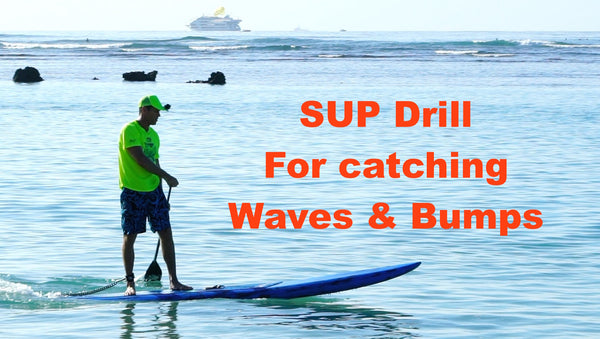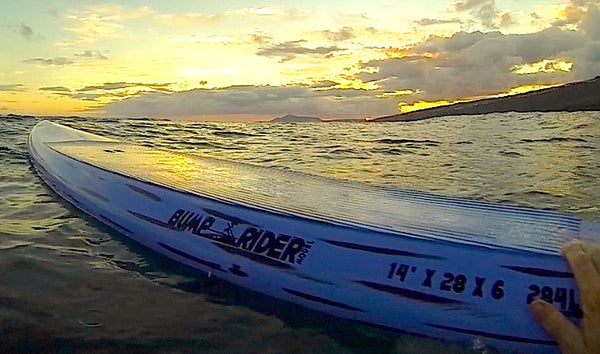Learn how to SUP with Verena Mei and Blue Planet Surf.
Verena is a professional race car driver. She grew up in Hawaii and recently moved back to Oahu. She got into Stand Up Paddleboarding and has been a great customer and supporter of Blue Planet Surf Shop. In this series she is getting tips on safety, technique, board handling and more from Blue Planet Surf founder Robert Stehlik. We will post regularly new videos on our blueplanetsurf youtube channel and plan to release the parts of this series in the Spring of 2016. For new videos please check back here and subscribe to our youtube channel.
Watch the first video in the series:
How to Stand Up Paddle Board with Verena Mei, Part 1: Safety
SUP is a great, fun, health and safe sport if practiced with some common sense.
Basic points covered in this video are:
1) Be aware of conditions. Light wind and protected water are the best conditions for beginner and learning quickly. Light winds are fine but the chop created by the wind will make balancing more difficult and you should always make sure to paddle into the wind first to make sure you can get back to where you started. Don't go out if the wind is strong, offshore winds (blowing you away from the shore) can be very dangerous as they can carry you out to sea and usually get stronger the farther out you get.
2) Always wear a leash. In Hawaii we are not required to wear a personal floatation device when Stand Up Paddle boarding but you should always wear a good leash and make sure it is attached securely, that way your boards is always attached to you and acts as your floatation device.
3) Know how to swim. This should be self explanatory, but before you learn how to SUP, you should learn how to swim first. The rule of thumb is: don't go out further from shore than you could swim back on your own power.
This is the second video in this series: board handling and gear
In this video you learn how to protect your board from heat and fin damage, how to safely lift up and carry your board and some things to consider when choosing your first board. At Blue Planet we always recommend trying several SUP's before choosing one as nothing beats trying a board to get an idea of whether it will work for you or not. Balancing should be challenging at first, as your balance quickly improves. We often talk to customers that bought their first board without trying it first and then finding out that it is just not a good board for their needs. Let's face it, it does not matter how cheap a board is or how great the deal seems to be, if you don't enjoy using the board and it sits around collecting dust, it's a waste of money. We want you to get out on the water and enjoy your board, so we want to make sure you get one that is right for you.
Keep watching the playlist to see all 11 episodes on "How to Stand Up Paddle with Verena Mei"





































